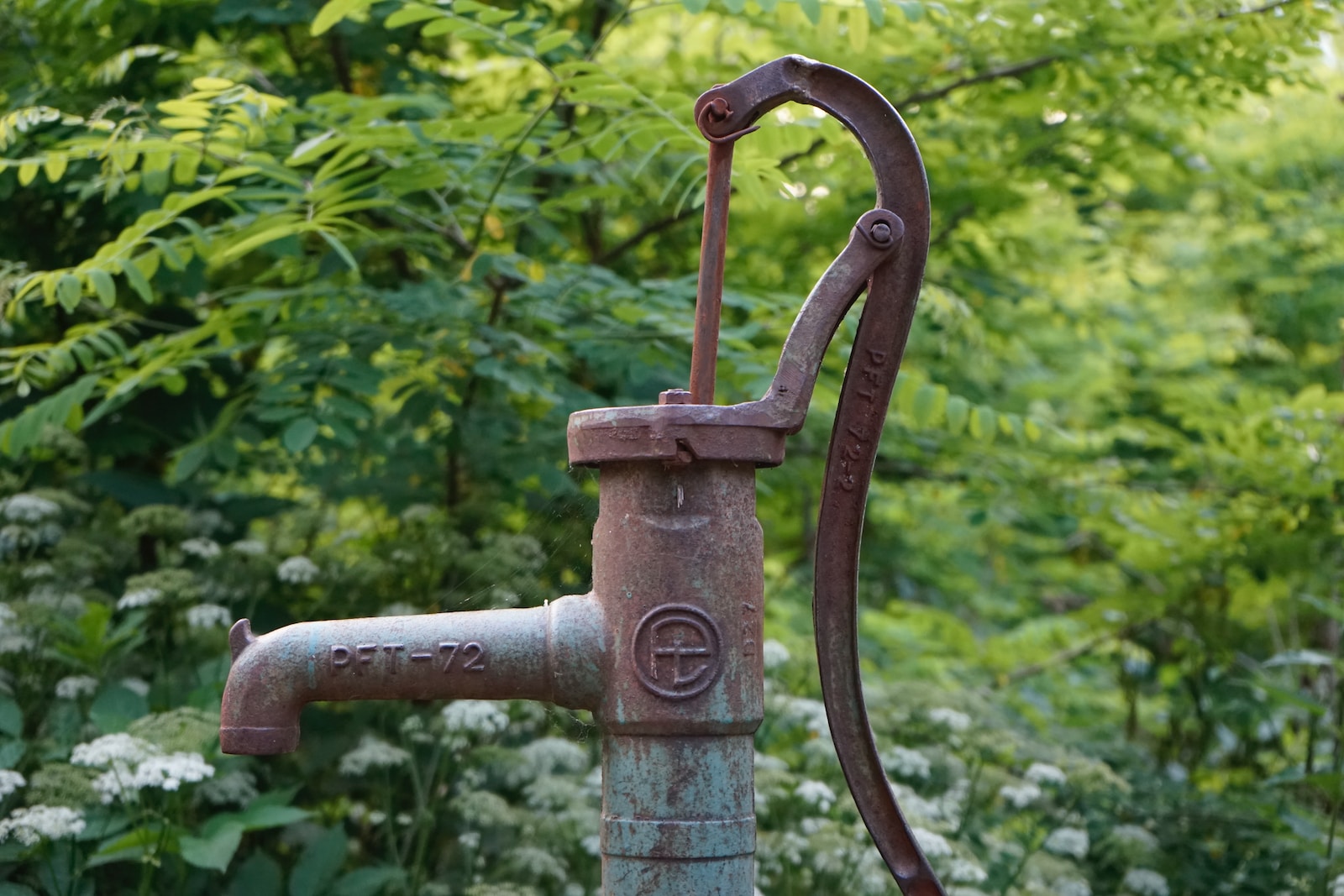Table of Contents
ToggleIntroduction
Deep underground lies one of America’s most vital yet imperiled natural resources – our vast network of aquifers. A comprehensive investigation by The New York Times reveals the alarming extent of overuse depleting groundwater reserves across much of the country. By collecting data from over 100,000 wells monitored for decades, the Times’ analysis paints a troubling picture of an invisible crisis unfolding with serious consequences if left unchecked.
A Slow-Motion Disaster Unfolds
The data provides clear evidence of a national trend – groundwater levels have been steadily declining in almost every region for decades. Every year since 1940, more wells nationwide have exhibited falling water levels rather than rising. As pumping races ahead of natural recharge rates, aquifers that supplied communities for generations may not refill for centuries, if at all.
Without coordinated action, this slow-motion disaster could have devastating long-term impacts. Agriculture, industries, and tens of millions of households rely on groundwater, yet many lifeline aquifers are rapidly approaching depletion. As climate change intensifies droughts, warming temperatures also increase groundwater demand while decreasing replenishment from dwindling snowpacks. A looming water security crisis may soon threaten regional economies and ways of life.
A Glimpse of the Future
Areas where groundwater depletion is already severe offer a cautionary preview of challenges to come. In parts of Kansas, the Ogallala Aquifer can no longer support industrial-scale irrigation after decades of excess pumping slashed corn yields 60%. As agriculture shifts to dryland farming, regional prosperity is at risk.
Further West, some cities including Phoenix face unsustainable growth as new construction can’t be supported without reliable water sources. In places experiencing rapid subsidence, entire communities like Enoch, Utah have been forced to relocate as THE ground collapses into fissures opened by drained aquifers. Similar impacts now endanger regions across the Southwest and Midwest.
Coastal areas also suffer as depletion induces saltwater intrusion contaminating freshwater. On Long Island, overpumping threatens drinking water wells while forcing cutbacks at dozens already invaded. Without preventative action, impacts will spread to the Northeast, mid-Atlantic, and Florida in the decades ahead.
Patchwork Regulation Fails Communities
Despite existing frameworks, current regulatory approaches have proven woefully inadequate. While states chiefly govern groundwater use, policies vary widely between a “Rule of Capture” free-for-all and weak conservation efforts. Several states including Oklahoma, Colorado and Texas permit total depletion within set timeframes.
Federal jurisdiction over this vital resource remains negligible. Though aquifers cross state boundaries and ensure national food security, Congress has yet to establish a coordinated strategy. Where communities suffer consequences, political will for curbing overuse often lags due to the mining-style mentality and fears of devalued property values if data exposes scarcity.
Without Reform, Crises Will Spread
Increasingly, experts warn voluntary approaches cannot solve a crisis of this scale and urgency. Continuing business-as-usual will magnify water shortages already impacting dozens of communities, and more regions will find their economic futures tethered to obsolete assumptions of endless groundwater.
Bold action is needed to safeguard this diminishing national treasure and prepare for climate uncertainties. Possibilities include establishing baseline pumping limits, curbing water-intensive crop expansion, prohibiting new wells in at-risk or closed basins, and incentivizing conservation technology. Strategic withdrawal from overstressed zones must also commence to avoid stranding more towns without fresh drinking supplies.
If Americans collectively recognize the invisible crisis unfolding in our backyards, opportunities remain to reform policies, reimagine water practices, and ensure a sustainable future for communities nationwide. But the window for preventative steps is closing as each day draws groundwater levels closer to a point of no return. Failing to confront this challenge will have repercussions for generations to come. Now is the time to think beyond the short-term and rise to the defining issue facing water security in the American heartland and beyond.
The Silent Crisis Beneath Our Feet
While climate change sparks alarms on land and in skies, the simultaneous yet little understood water emergency transpiring underfoot deserves equal concern and action. This investigation illuminates the scope and stakes of the groundwater crisis, yet many populations remain unaware of risks to their local aquifers. Raising awareness can help build momentum for smarter long-term solutions protecting the foundations of industry, agriculture and settlement throughout much of the nation.
Confronting America’s vanishing groundwater will require communities, businesses, lawmakers and regulators to acknowledge hard realities and make difficult choices. By coordinating monitoring, research and policy reforms, practical steps can curb overuse while transitioning infrastructure. With collective will, depleted aquifers may yet recover in some basins if pumping cuts commence soon.
Above all, reframing water management for enduring sustainability rather than temporary gain is key. Future generations deserve groundwater supplies as vast and life-giving as those supporting the agricultural powerhouse and population centers growing across this landscape for generations. With ingenuity and political resolve to enact needed changes, Americans can rise to confront this imperative challenge hiding in plain sight beneath our feet.







